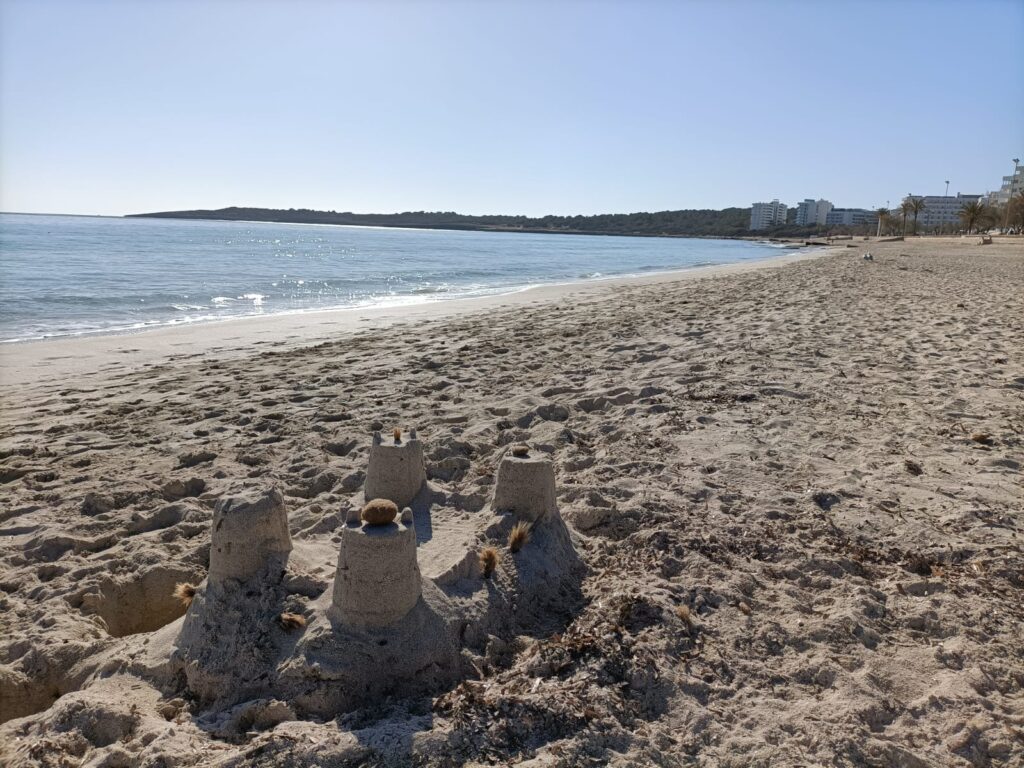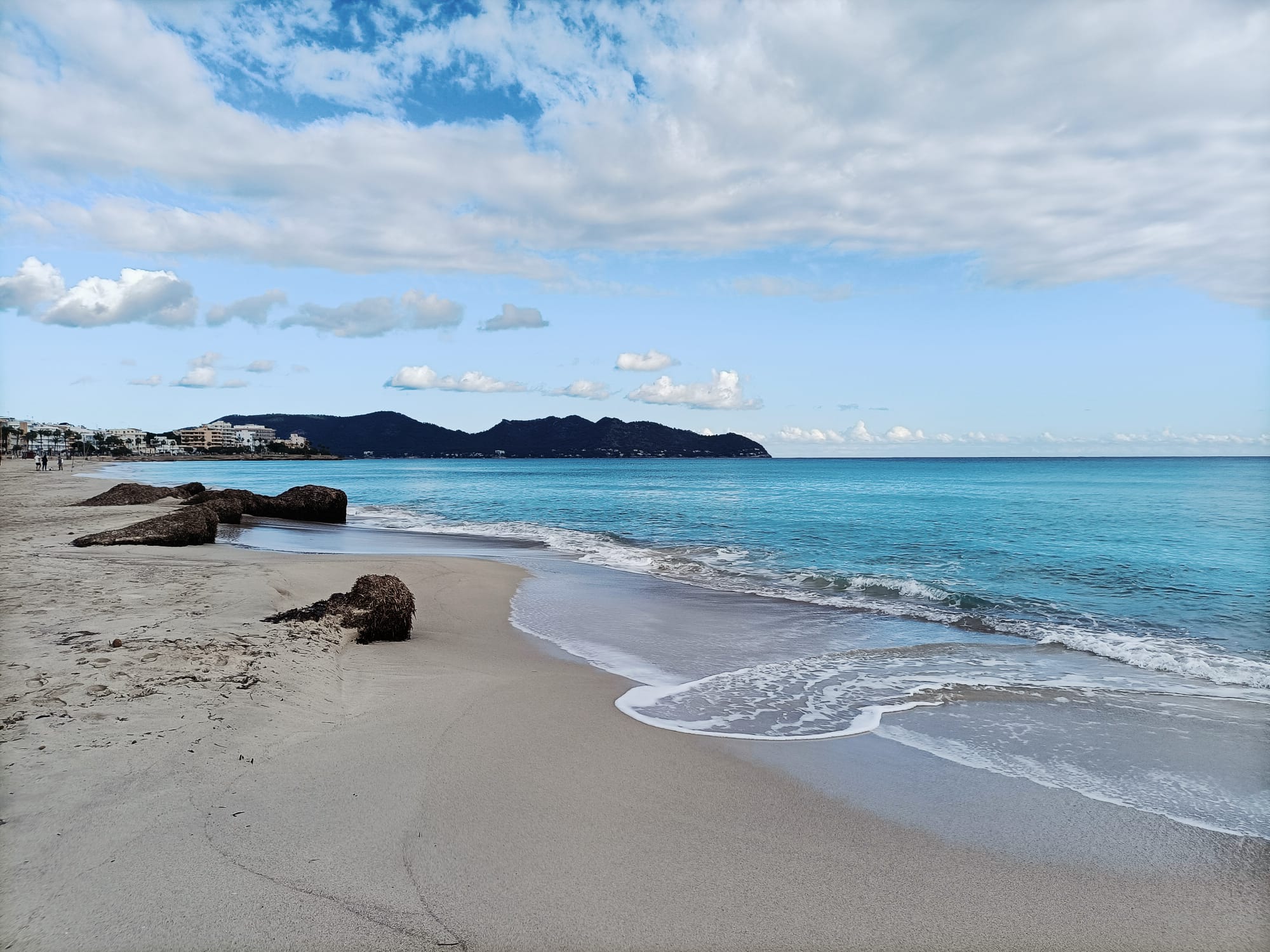Cala Millor beach

Aware that erosion affects beaches and that in recent years we have been experiencing a somewhat peculiar situation, we would like to respond to some queries that we have received in recent days from visitors and users about our beaches.
Coastal erosion
Beaches are dynamic coastal systems, subject to changes that naturally modify their morphology. Beaches erode, and it is still difficult to know exactly how much climate change is contributing to this process.
The action of the wind and the waves cause changes in the coastline; it is a continuous and permanent process that unfortunately in the last decades has increased in Cala Millor. The strong storms that our coastline has suffered have caused a decrease in the volume of sand, especially in some areas of the beach, leaving the rocky substrate visible in some areas.
This specific situation is affecting the beach of Cala Nau with Sa Punta de n’Amer (an area of 300 metres) and some beach accesses. The affected area represents 10% of the entire sandy surface of Cala Millor.
The beaches of Cala Millor continue to offer all lifeguard services, sunbeds and sunshades, showers, and toilets. The cleaning services of the town councils of Son Servera and Sant Llorenç des Cardassar work daily to keep the beaches clean. Collaborating in the maintenance of the beach services and their cleanliness is everyone’s duty.
We continue to be a tourist destination with high levels of satisfaction on the part of our visitors, and we believe that this is thanks to our ability to understand their needs and demands. For this reason, for almost a decade, both town councils have carried out a multitude of studies, projects, and actions to maintain the beauty of our beaches. However, and since the authorisation for the projects depends on other administrations, unfortunately these projects have not been able to be carried out on some occasions.
In the same way that this loss of sand has been noted, the studies carried out on Cala Millor beach highlight the fact that the sandbanks are present just a few metres from the beach. However, the actions that should be carried out do not only consist of reconstructing the beach with these sandbanks, but the solution is more complex and involves other types of actions. Making sand injections does not solve the problem permanently, as storms will continue to modify the beach. Furthermore, there is currently no authorisation from the Ministry of Ecological Transition to carry out any of the sand contribution projects.
A few weeks ago, the European Union informed us of the positive resolution of the project presented in September 2021 through the LIFE-2021-SAP-CLIMA programme, in its CLIMATE ACTION sub-programme (LIFE-2021-SAP-CLIMA-GOV) called LIFE AdaptCalaMillor, under the title “Participatory and multilevel governance process to design a transformative adaptation to climate change project on the beach of Cala Millor from an integrated and multidisciplinary approach based on science”.
The Tourism Consortium of Son Servera and Sant Llorenç des Cardassar have initiated contacts with specialised entities in the sector to set up future projects that will guarantee the long-term survival of the beach. The aim of the Tourism Consortium is to work in parallel on projects to adapt our seafront to climate change and we ask the institutions to work together in this regard, but even so we understand that in the meantime, urgent measures must be taken for the immediate recovery of our beaches, but these actions cannot be carried out without the authorisation of the relevant institutions.
Posidonia

We would like to use this document to explain to you that the leaves of the Posidonia oceanica plant that you may find on the shore are not dirt. Did you know that Posidonia oceanica is the longest living thing on Earth? Posidonia is part of an ecosystem that we all need to protect:
- It helps to make the waters of the Balearic Islands crystal clear.
- It captures CO2.
- It generates sand.
- It protects the dunes.
- Posidonia meadows structure the seabed and are the habitat of more than 400 species of plants and 1000 species of animals.
- The meadows play a fundamental role in stabilising the seabed and in cushioning the seabed and waves. They also play a role in protecting the coastline against erosion.
You can learn more about Posidonia at the following link: https://atlasposidonia.com/es/inicio/
